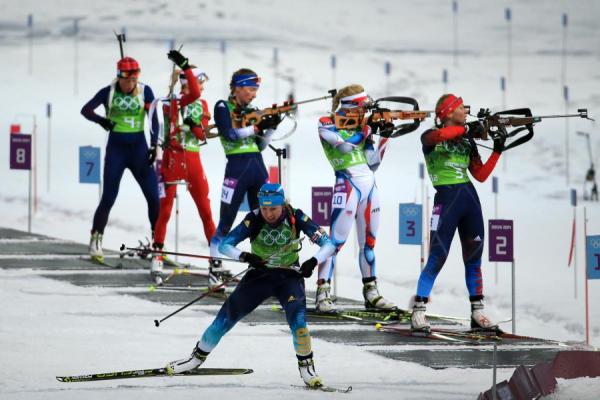Skeleton

Skeleton sledding, winter sport in which the skeleton sled, consisting of steel runners fastened to a platform chassis, is ridden in a headfirst prone position. Skeleton sledding competitions are typically held on the same courses used for bobsled contests. It is a dangerous and thrilling sport in which riders, with their faces just inches above the icy course, attain speeds over 129 km (80 miles) per hour. The sport of skeleton sledding developed on the famed Cresta Run, built in 1884 at St. Moritz, Switzerland. The Cresta Run, which follows a 1,213-metre (1,327-yard) course from St. Moritz to the town of Celerina, has hosted the annual Grand National championships since 1885. The 1887 Grand National saw the first competitors to careen down the run headfirst. A new sled made entirely of steel was introduced in 1892. The sled was popular with Cresta Run patrons, and some claim that its “bony” appearance gave the sled and the sport the name “skeleton.” Skeleton sledding was included twice in the Olympic Winter Games, in 1928 and 1948, each time at St. Moritz, but, with the sport limited to competition only at the Cresta Run, it was surpassed in popularity by bobsled and luge and fell into obscurity. However, by the early 1970s, adjustments to the skeleton sled and artificial bob runs had been made, and international skeleton competition was rejuvenated. By 1987 world championships and world cup competitions had been established, and the sport was recognized by the Fédération Internationale de Bobsleigh et de Tobogganing (FIBT). Skeleton sledding returned to the Winter Olympics program in 2002, with events for both men and women. The sled used in FIBT competition consists of a riding board and a steel frame to which two steel runners are attached. Two handles on the sled aid the rider in pushing the sled at the start, and bumpers along the sides provide protection from the hard jolts of the track. The sled has no steering mechanism or brakes and is controlled by the rider’s dragging a foot on the ice and subtly shifting his or her weight. The rider wears a helmet with chin guard, gloves, an aerodynamic bodysuit, and spiked shoes. In international competition each athlete makes two runs; the final standings are based on the aggregate time.














